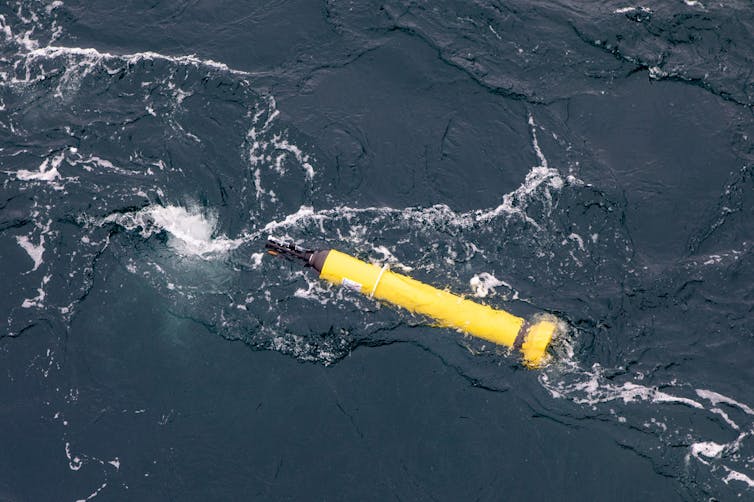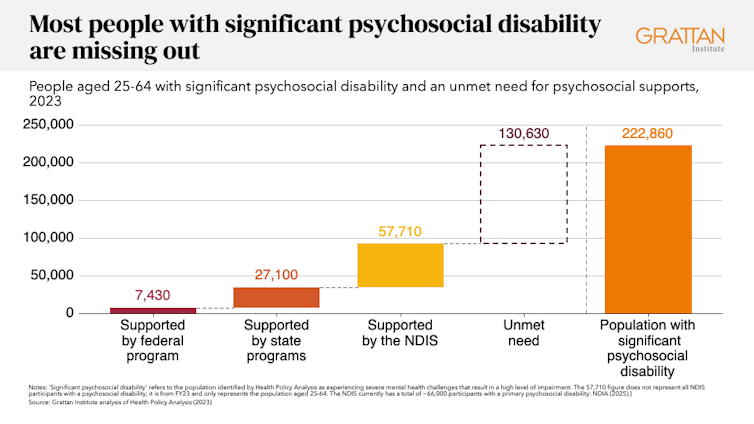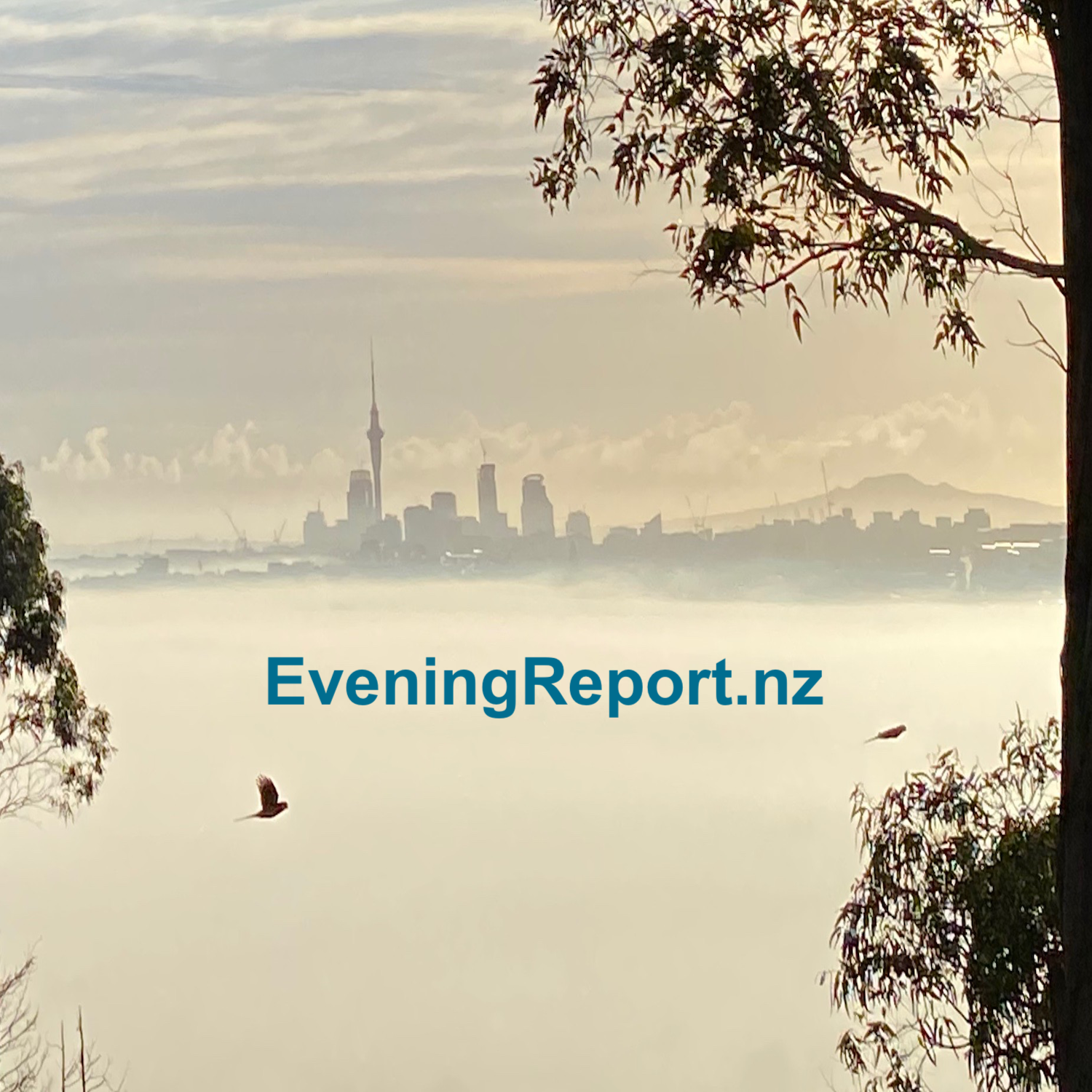Source: The Conversation (Au and NZ) – By Trudie Walters, Senior Lecturer in Leisure and Event Studies, Lincoln University, New Zealand

One of New Zealand’s biggest sporting events of this year, at least in terms of the number of participants, may not be one you expected.
From December 10 to 14, the Special Olympics National Summer Games will see 1,200 athletes with an intellectual disability converge on Christchurch from around the country.
With thousands of family members, coaches, volunteers and support crew in attendance, the four-yearly games will certainly be a highlight of the city’s sporting calendar.
This reflects the international scale of the Special Olympics organisation, begun in the United States in 1968 by philanthropist Eunice Kennedy Shriver, and providing year-round sports training and athletic competition to people with intellectual disabilities.
These days, the movement boasts more than 4.6 million athletes, nearly 400,000 coaches and some 800,000 volunteers in more than 200 countries. More than 300 programs are offered in 30 Olympic-style sports.
Introduced to Aotearoa New Zealand in the early 1980s, the first National Summer Games were held in Lower Hutt in 1985. This year marks their 40th anniversary – but public and media attention still lags well behind other large sporting events.
More than sport
From June to September this year, we conducted research to understand the importance of the Special Olympics organisation in Great Britain. We found it offers athletes, families, coaches and volunteers so much more than just sporting competition.
With its focus on ability rather than disability, the Special Olympics create a positive athlete identity that counters some dominant negative stereotypes.
An important part of this is “divisioning” – an inclusive practice that essentially makes disability invisible. Before an event, coaches submit their athletes’ or teams’ times, ratings or skills assessments (depending on the sport).
On the day, or the day before, there are short races to determine the athletes’ ability in competition. After this, they are grouped into divisions according to three criteria: ability, age and gender.
Every athlete therefore competes on a level playing field – and this is often the first time in their lives they have tasted success in sport on their own terms.
Our research also found there is a real sense of community. Athletes, family members, coaches, support workers and other volunteers often speak of the Special Olympics “family”.
Many athletes experience isolation and loneliness in their everyday lives. But their involvement with the Special Olympics means they feel part of a team, that they belong, and are seen as people rather than for their disability.
The National Summer Games and the World Games also build friendships around the country and the world. Travel to events broadens athletes’ horizons, exposing them to places and cultures they may not otherwise have the opportunity to experience.
There are numerous other benefits, including being able to deal with anxiety or aggression, having better physical and mental health, more confidence and self-esteem, and better communication skills.
All of this means athletes enjoy a better quality of life – and it also contributes to their CVs, which helps open doors to employment or volunteering roles. This has flow-on effects for their family and the wider community.

Alexander Hassenstein/Getty Images
The media coverage gap
On the international front, the Special Olympics World Games are an event on the scale of the Olympics and Paralympics.
More than 6,000 athletes took part in 26 sports in Berlin in 2023, making it larger than the 2024 Paris Paralympics, which attracted 4,400 athletes competing in 22 sports.
Despite this, support still lags far behind that generated by the Olympics and Paralympics. For example, the Paralympics sold 2.5 million tickets, whereas the World Games attracted only 330,000 spectators.
Media attention reflected the disparities. In the post-games survey, a quarter of non-athlete respondents (family members, volunteers, coaches, visitors) said they were unhappy with the level of international media coverage of the World Games.
The Paralympics opening ceremony was watched by a cumulative TV audience of nearly 350 million, compared with 51 million for the World Games. The gap needs to be addressed if we want a more inclusive society where all sporting achievements are recognised.
The best way to achieve this, of course, is for people to get involved. Media, sponsors and members of the public can amplify the benefits of Special Olympics involvement for athletes, families, coaches and volunteers.
The public can attend the opening ceremony and competitions, engage in conversations with athletes at airports, cafes and in the streets, and celebrate their achievements with them.
After all, Special Olympics athletes are elite athletes too, and the National Summer Games are one of the key opportunities for them to meet the selection criteria for the next World Games in Santiago, Chile, in 2027.
![]()
Trudie Walters received funding for this research from a Lincoln University Faculty of Environment, Society and Design Research Fellowship.
David McGillivray does not work for, consult, own shares in or receive funding from any company or organisation that would benefit from this article, and has disclosed no relevant affiliations beyond their academic appointment.
– ref. Empowerment and joy: NZ’s Special Olympics Summer Games remind us what sport is about – https://theconversation.com/empowerment-and-joy-nzs-special-olympics-summer-games-remind-us-what-sport-is-about-269069



















